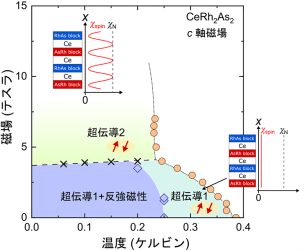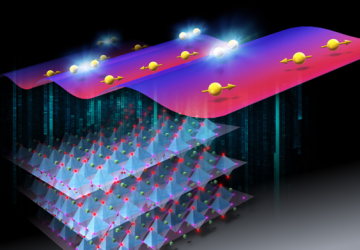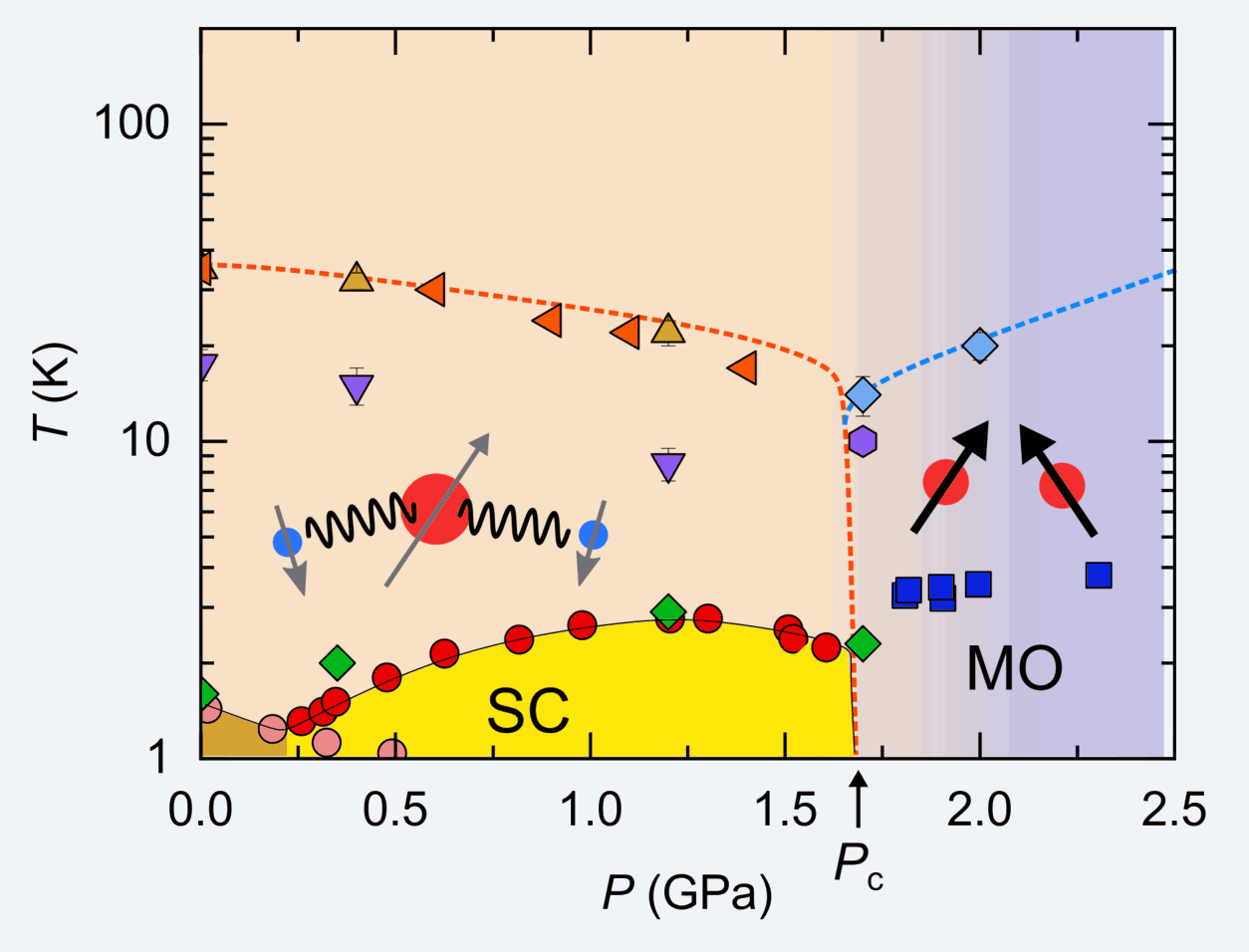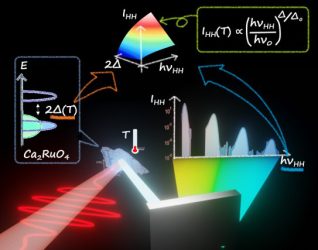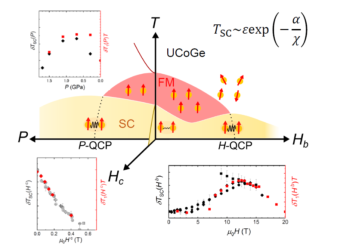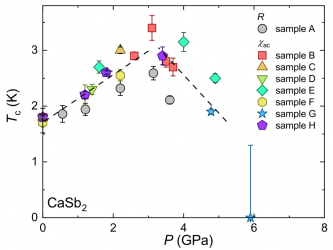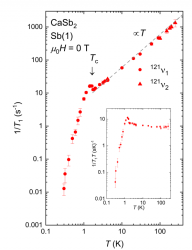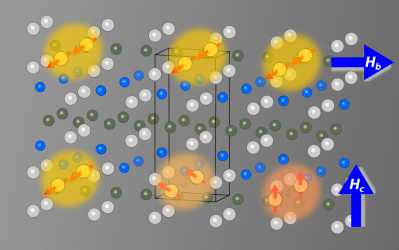The emergence of charge-neutral fermionic excitations in magnetic systems is one of the unresolved issues in recent condensed matter physics. This type of excitations has been observed in various systems, such as low-dimensional quantum spin liquids, Kondo insulators, and antiferromagnetic insulators. Here, we report the presence of a pronounced gapless spin excitation in the low-temperature […]
![]()

